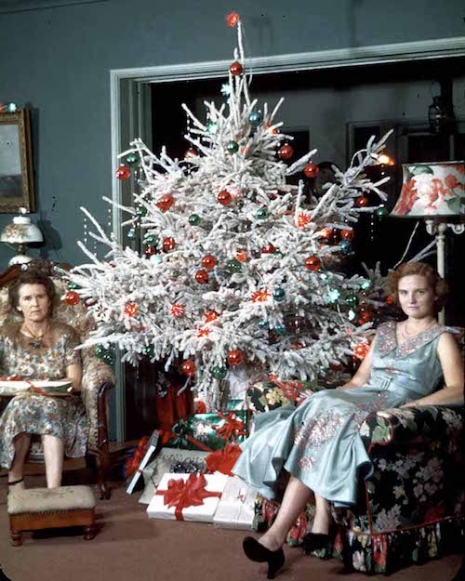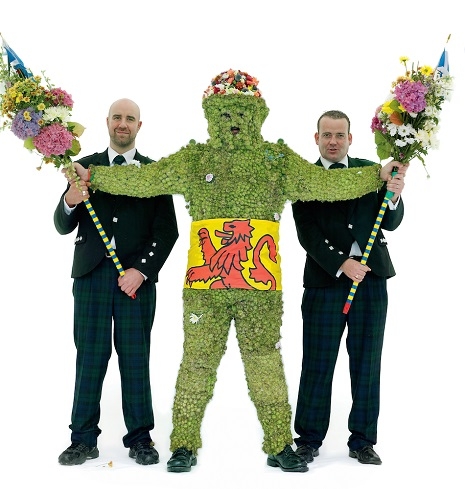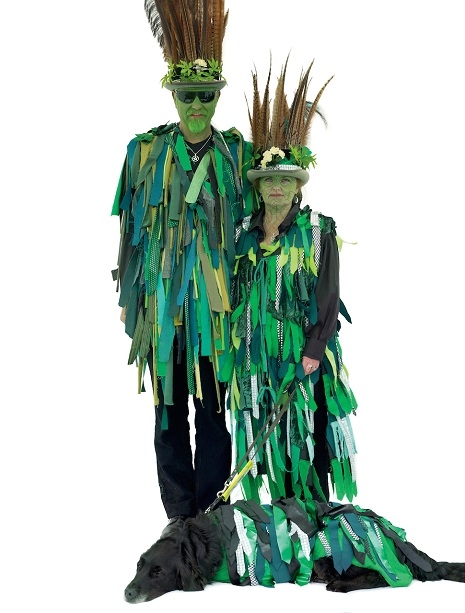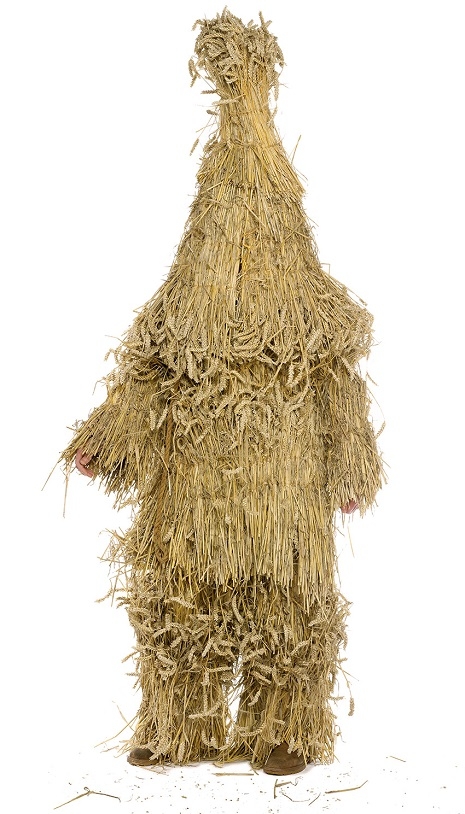
Every Fall I keep my eyes peeled for the appearance of the first Christmas tree. They seem to come earlier every year. The earliest I’ve ever seen one was at the end of September last year when a bright glittering aluminum tree appeared high in a tenement window in the north of the city.
By December windows all across town are glowing bright with colored lights like so many opened windows on an Advent calendar. The earlier the tree, the more likely it is to be aluminum—or “artificial” as we call it in the UK—for obvious reasons.
My parents always had a fake tree, which was taken down from the attic during the second week of December then covered with baubles, tinsel, candy canes and lights. The usual kinda stuff. There was always a great pleasure taken in decorating the tree—a childish excitement at the fast approaching holidays.
Which brings me to these fine vintage photographs from the 1950s and 1960s of women proudly sitting or standing beside their Christmas trees—looking all happy and proud. Though these are quite wonderfully festive pictures they kinda overlook the original history of such seasonal trees as giant phallic symbols that have a pagan history going way back to ancient times.
Depending on who you read the Christmas tree became fashionable with northern Europeans around the mid-fifteenth and early sixteenth centuries. Estonia and Latvia still bicker over who put up the first Christmas tree—the Estonian’s claim they did in 1441—while the Latvians point out they have documentary evidence to the first decorated Christmas tree displayed in Riga in 1510.
Thereafter, the use of trees to celebrate Christmas spreads to northern Germany where the first printed reference of such festive firs appears in 1531. These trees were later decorated with cake, candles and even glass baubles.
This tradition spread to England where in 1800 Queen Charlotte the German wife of George III, “set up the first known English tree at Queen’s Lodge, Windsor, in December, 1800.” It would take until during the 1840s when—after their promotion by Prince Albert (the German husband of Queen Victoria) and through Charles Dickens’s popular festive tales—decorated Christmas trees became a seasonal “thing” in people’s houses, rather than town squares or churches. The Christmas tree was seen as a symbol of renewal and hope—which kinda takes it back to its pagan history.
Long, long before Victorians popularized the Xmas tree—the ancient Greeks considered pine trees as sacred to Attis the god of flora and Cybele the Earth goddess. The Greeks were said to decorate their trees with small silver trinkets as a symbol of rebirth and renewal—which was similar to how the ancient Egyptians viewed their palm trees, using palm leaves to decorate their homes as as “sign of resurrection.”
Then there were the Romans who associated evergreens with the return of the sun during their festivities for Saturnalia during December—a period of gift giving, feasting and human sacrifice. The Romans decorated their “trees with bits of metal and replicas of their god, Bacchus [a fertility god]. They also placed 12 candles on the tree in honor of their sun god.”
The evergreen fir tree was seen as a highly potent phallic symbol for continuing fertility during the winter solstice—symbolizing the soon approaching Spring and the birth of new life.

Just waitin’ for Santa.

Santa knows if you’ve been naughty or nice.
More festive women and their Xmas trees, after the jump…








